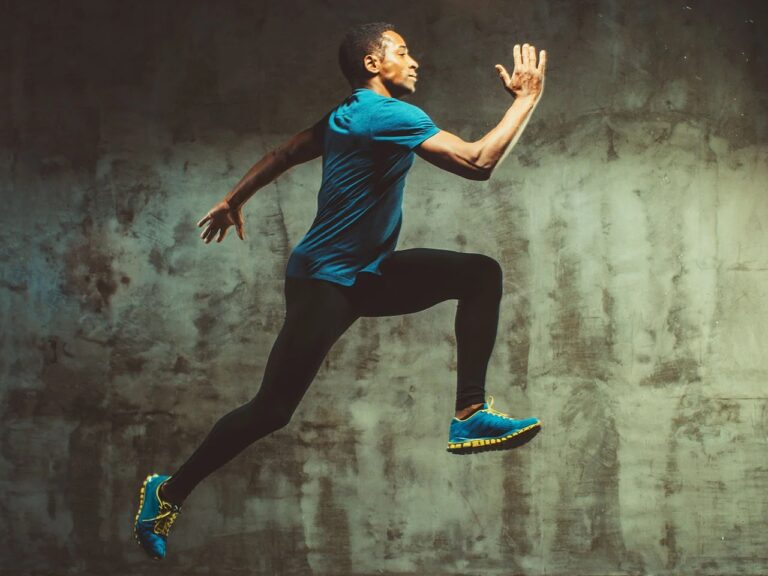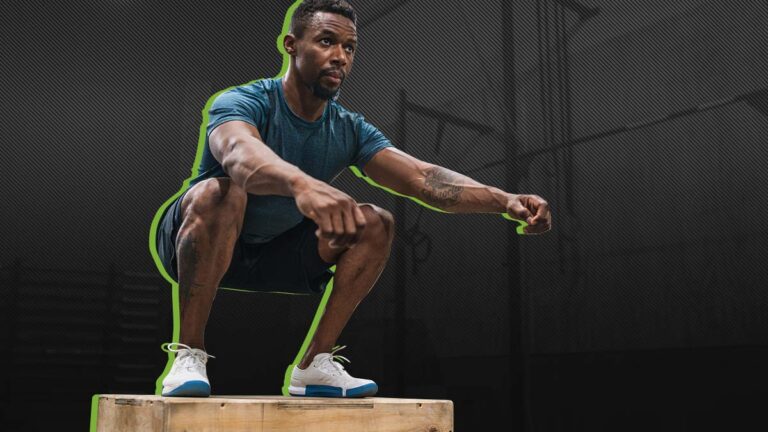
Anterior cruciate ligament tears are one of the most detrimental injuries to occur in the sports world. An ACL tear can result from both contact and non-contact mechanisms. Athletes of all levels who are recovering from ACL reconstruction (ACL-R) often demonstrate alterations in joint integrity, movement patterns, neuromuscular function and most importantly decreased rate of force production when returning to sport. An athlete rehabbing from ACL-R has a recovery period of 6 to 9 months, however, often the athlete fails to return to their pre-injury level of function and performance in their respective sport.

Plyometric training should be a key component the rehab professional incorporates into the plan of care. The use of plyometric training as early as the mid stages of ACL-R rehab can provide tremendous benefit by improving the athlete’s strength, neuromuscular control, explosive sporting performance and decrease the risk of re-injury. It is important the rehab professional matches sporting demands and functional task to the plyometric interventions, all while respecting the functional recovery status of the ACL-R patient. There should be a gradual increase in task intensity and specificity when applying plyometric exercises. Plyometric training should be criteria based where the athlete is required to meet goals before progressing into the nextphase of training.
-Dr. David Gross, PT, DPT, CSCS

Comments